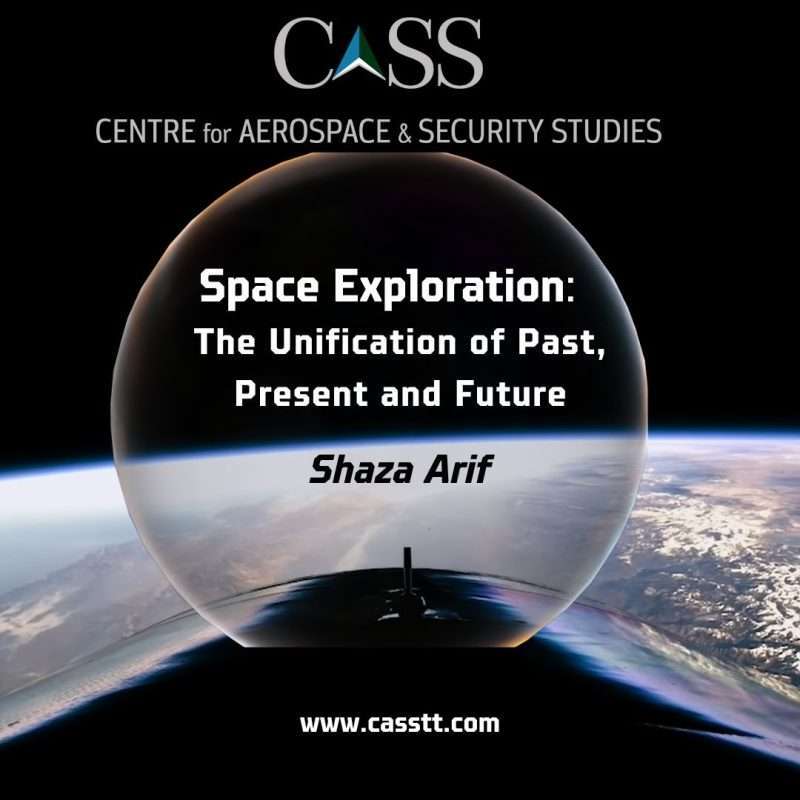The enchanting realm of space exploration continues to unfold new wonders with every passing day, sparking a growing interest among individuals to embark on their own cosmic journeys. While exploring space with the aid of private companies that charge fortunes is a privilege usually reserved for billionaire adventurers, there are occasional exceptions that captivate our attention.
Just last week on 8 September, Virgin Galactic’s third spaceflight set out on a brief mission that seized the spotlight due to some interesting details. The three private explorers, Ken Baxter, Timothy Nash, and Adrian Reynard, two pilots and one instructor, were onboard VSS Unity. However, the presence of two different and unique passengers onboard the voyage added a twist to the journey: fossils of ancient human ancestors. The fossil remains of two ancient species, two-million-years-old Australopithecus sediba’s and 250,000 years old Homo naledi, held in carbon fiber, emblazoned with the South African flag, were catapulted into the Virgin Galactic’s spacecraft for a one-hour ride to space, making them the oldest human species to visit space. Australopithecus sediba’s clavicle and Homo naledi’s thumb bone were chosen for the voyage. Both fossil remains were discovered in the Cradle of Humankind – home to human ancestral remains in South Africa.
The episode undoubtedly prompts questions regarding the underlying reason for sending the fossil remains to space in the first place. The episode points out the power of symbolism to convey strong messages. The voyage was a tribute to the ancestors for their contributions that have enabled technological advancement over the years to the level that humanity is aiming for the skies – quite literally. As per Timothy Nash, “it was a moment to contemplate the enterprising spirit of our earliest ancestors, who had embarked on a journey toward exploration and innovation years ago”.
Moreover, the clavicle part of the Australopithecus sediba was deliberately chosen given that it was discovered by a nine-year-old boy, Mathew Berger, son of Lee Berger, a National Geographic Society explorer, who played the major role in discovering both species and handed over the remains to Timothy Nash for the journey. This demonstrated how young individuals can actively participate in scientific endeavors via exploration and discovery. Likewise, the unearthing of Homo naledi in 2013 led to the revelation of an ancestral species with apelike shoulders with teeth, arms, feet, and brains that resembled closely to human beings – even made symbols and tools in the caves they resided in. The episode important an chapter, given that it uncovered 1550 specimens in one of the largest excavations in Africa, playing a role in developing a better understanding of the origins and evolution of human lineage, particularly in South Africa.
For those involved in the venture, the event was a truly remarkable episode that made a unique connection between history and space exploration. However, not everyone is pleased with this mission. The event has sparked criticism from archaeologists and palaeoanthropologists, many of whom have called it a mere publicity stunt and have raised serious concerns over such an act given that it poses risks to the safety of the precious fossils. It was further argued that the act was ethically wrong, and lacked any concrete scientific justifications.
Setting aside the debate, the episode bridges the gap between the archives of the past and the promising horizons of the future as it underscores the shared journey of the quest for exploration that is shared between us and those who existed ages ago. Moreover, like every other major event in space exploration, it is also a compelling cue to the states that are currently lagging in this race to timely embrace the possibilities of this frontier. Countries like Pakistan and others should derive inspiration from such events to actively embark on their own journeys to space.
Upon their return to South Africa, the relics would soon be displayed in museums and other institutions in the country, offering a chance for the public to view them and draw inspiration. The journey was not only fascinating but is also a testament to space exploration, where fossils once buried deep in the earth are now embarking on celestial journeys. As we witness the rise of commercial space travel, the event is not only a unique moment but also provides glimpses of the multifaceted nature of space exploration that prompts us to reflect on our past, engage the present and anticipate the future that awaits us. As Iqbal mentions in one his verse , translated as:
I see my tomorrow (future) in the mirror of my yesterday (past)
Shaza Arif is a Research Assistant at the Centre for Aerospace & Security Studies (CASS), Islamabad, Pakistan. The article was first published in Modern Diplomacy. She can be reached at: cass.thinkers@casstt.com
Design Credit: Mysha Dua Salman




